However, facing the pressure of integration and globalization, exploiting heritage for tourism development poses many challenges. How to preserve heritage without turning it into a “staged” one, so that tourism does not fade identity, and so that traditional values remain alive in community life?
This is a question that needs answers from the government, managers, experts and the community.
The community is the subject that keeps the soul of heritage.
In many famous destinations, the rapid increase in tourists has put great pressure on the heritage system. Some ancient quarters are facing the risk of overload, relics are degraded due to over-exploitation, and traditional festivals are sometimes commercialized.
Tourists and locals join hands to preserve the "garbage-free street" space - a model combining conservation with sustainable tourism development in Hoi An ancient town
The risk of "losing the soul" of heritage exists when many products are staged to serve tourists' tastes, causing the original elements to decline.
For example, many folk melodies and community activities when brought to the tourist stage have been shortened, cut down or arranged with modern instruments, creating temporary appeal but lacking depth.
In addition, urbanization has also caused the living space of many intangible heritages to shrink. The young generation is less attached to traditional occupations, and many customs and practices are no longer suitable for modern life. Without a conservation strategy, the risk of traditional disruption is inevitable.
A principle that has been repeatedly affirmed is that heritage conservation must be closely linked to the community, the people who create, preserve and practice heritage through many generations. They are the ones who decide how heritage exists, whether it has vitality or is just a "display object".
When communities are empowered and benefit from tourism, they will have more motivation to protect and promote traditional cultural values.
In fact, many models have shown success when people are placed at the center. In Hoi An, residents still maintain the habit of lighting lanterns on full moon nights, turning the whole city into a sparkling picture without staging.
In the Central Highlands, villages participate in gong performances in festivals but still maintain worship rituals in real life, so the gong sounds do not lose their inherent spiritual meaning.
In the West, amateur music is maintained in family activities, from there spreading to tourist spaces without losing its originality.
Creative tourism, a new path for heritage
For heritage tourism to develop sustainably, there needs to be a harmonious combination of conservation and exploitation. The State plays a role in policy making, issuing regulations on relic protection, supporting artisans and communities, and strictly controlling tourism exploitation activities.
Students visit the ancient capital of Hue , learn about history and national culture
Tourism businesses need to raise their sense of responsibility, not only focusing on immediate profits but also on the long-term sustainability of the product. Investment in infrastructure and services needs to be linked to landscape restoration and preservation of heritage environments.
At the same time, education and communication also play a key role. When people, especially the younger generation, understand the value of heritage, they will voluntarily participate in preserving it.
Programs to bring heritage into schools, competitions to learn about national culture, or applying digital technology to digitize and promote heritage are all effective ways to spread traditional values in modern society.
One direction chosen by many localities is to develop creative tourism based on heritage. Not only stopping at sightseeing and admiring, visitors can also participate in the process of experiencing and co-creating.
They can make pottery in Bat Trang, weave brocade in the Central Highlands, or learn to sing Quan Ho in Bac Ninh. These experiences help make heritage more familiar and lively, while also generating direct income for the local community.
Modern technology also opens up new opportunities. Virtual museums, virtual reality tours, and automated commentary applications have helped visitors approach heritage in a new way. Thanks to that, heritage not only “lives” in real space but also exists in digital space, reaching a wide audience at home and abroad.
Towards a sustainable future
In the context of Vietnam's increasingly deep integration, preserving and promoting heritage to develop sustainable tourism is the way to affirm the identity and soft power of the country.
Heritage not only helps Vietnam tourism differentiate itself from other countries in the region, but is also the foundation for building the image of a friendly country rich in tradition.
Tourists experience traditional craft villages in everyday living spaces
However, conservation cannot be just a slogan, but requires concrete actions: increasing investment in relic restoration, training the next generation for intangible heritage types, and building a mechanism for fair benefit sharing for the community.
When heritage is placed in the right position, both as a common asset and a development resource, then tourism can develop long-term and sustainably.
It can be said that heritage is the soul of Vietnam tourism. Each temple, each festival, each folk song is a piece that contributes to creating national identity.
Heritage conservation is not about framing the past, but about letting the past live in the present and radiate into the future.
When tourism is built on heritage, we not only create attractive products for tourists, but also pass on pride to future generations.
That is the way for Vietnam to both develop its tourism economy and preserve its cultural roots, affirming its position on the world tourism map.
Source: https://baovanhoa.vn/van-hoa/bai-cuoi-bao-ton-di-san-de-phat-trien-du-lich-ben-vung-167917.html


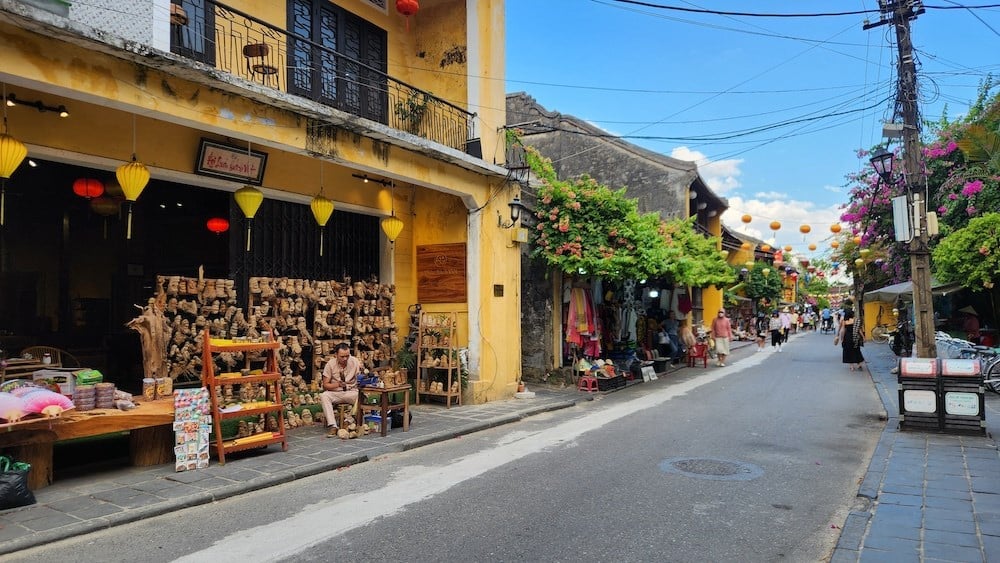
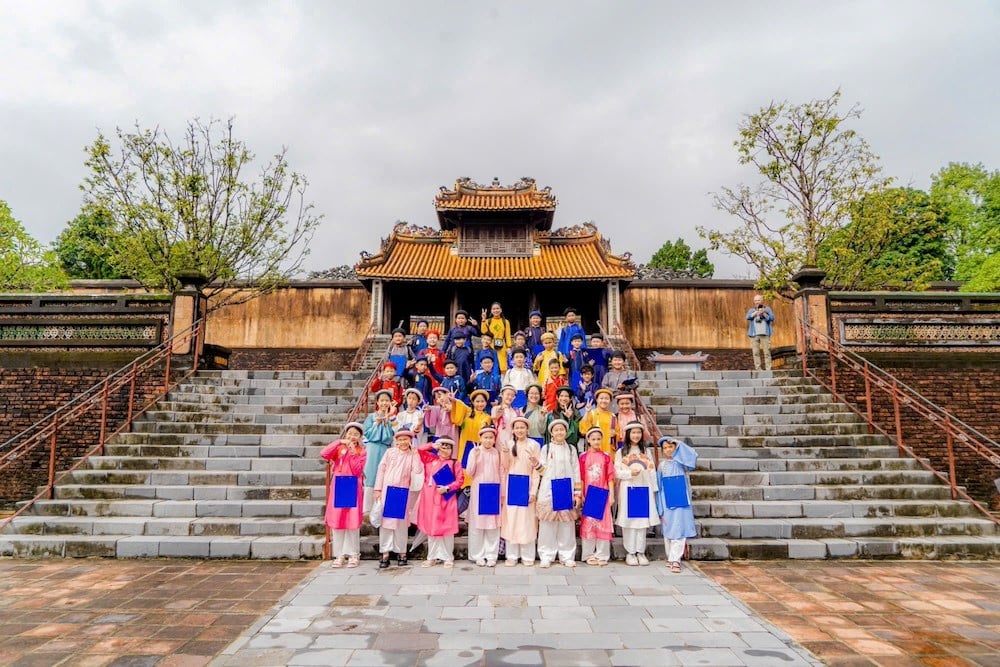






![[Photo] Prime Minister Pham Minh Chinh chairs the second meeting of the Steering Committee on private economic development.](https://vphoto.vietnam.vn/thumb/1200x675/vietnam/resource/IMAGE/2025/11/01/1762006716873_dsc-9145-jpg.webp)
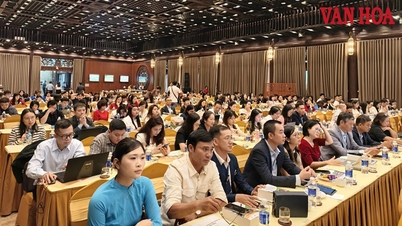
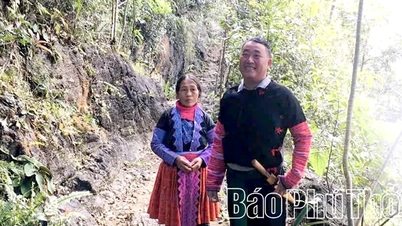



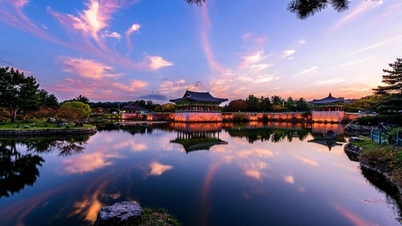

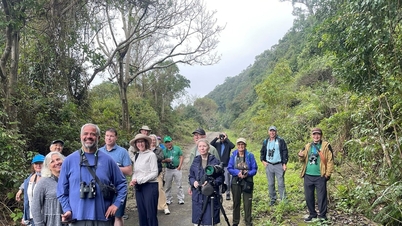




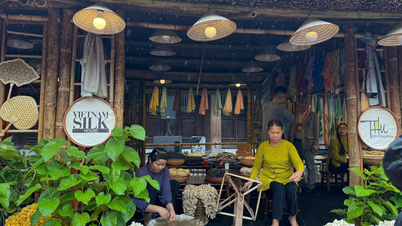



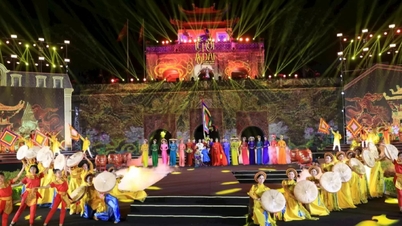

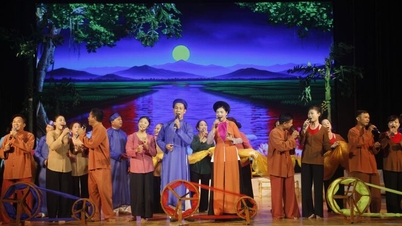








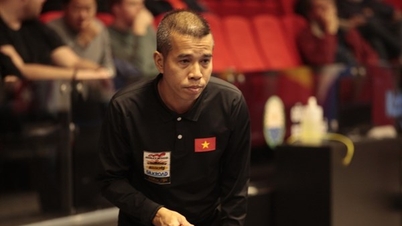


















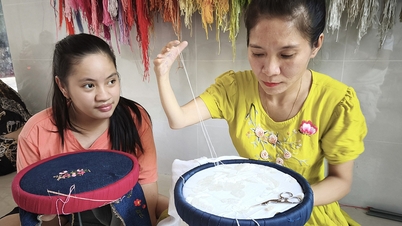













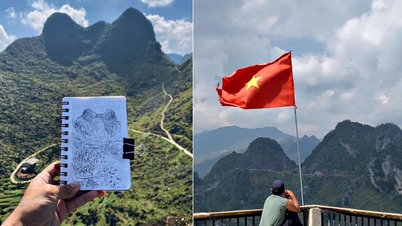


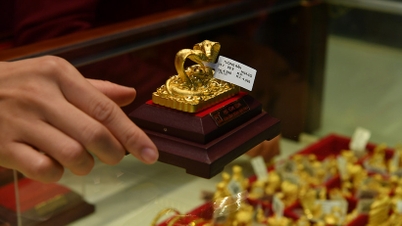









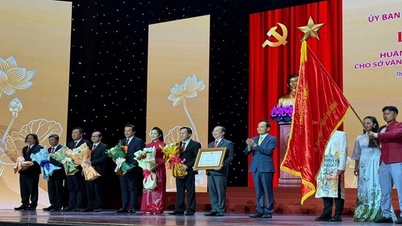

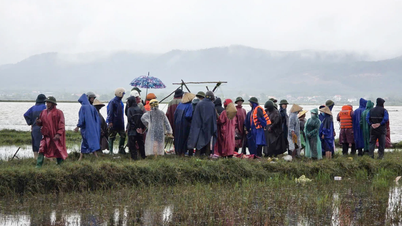
























Comment (0)